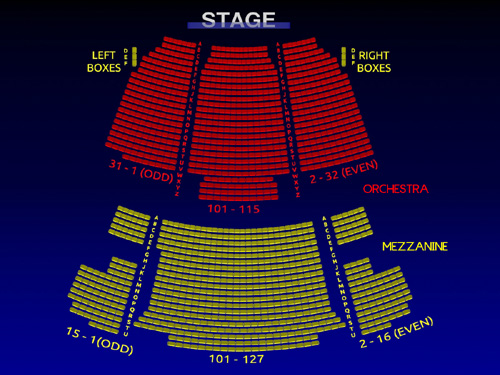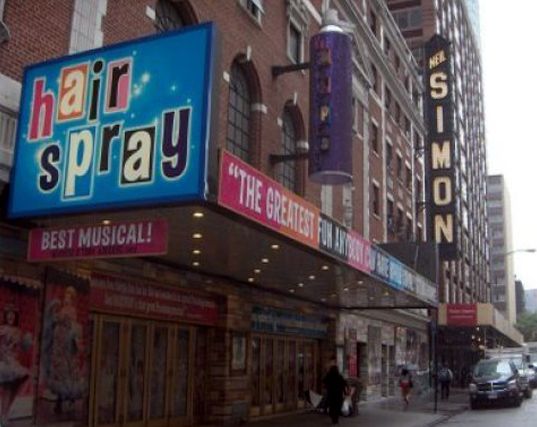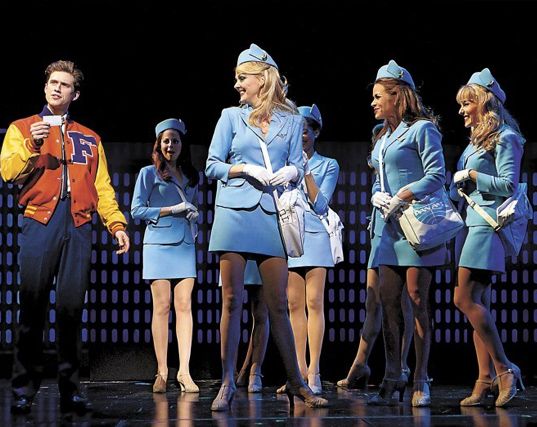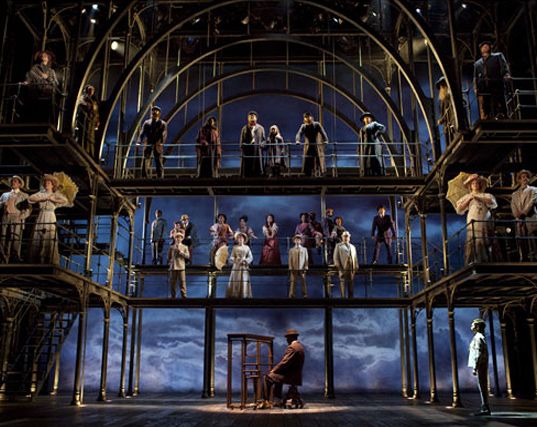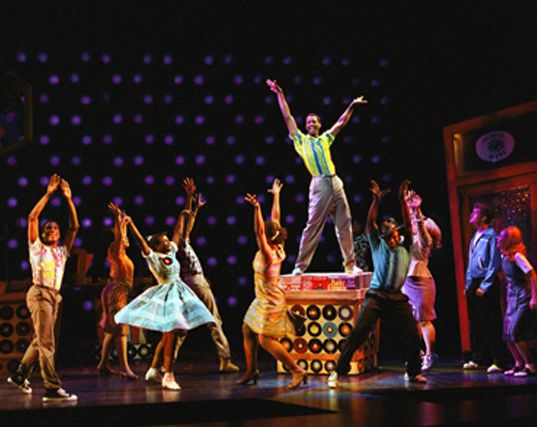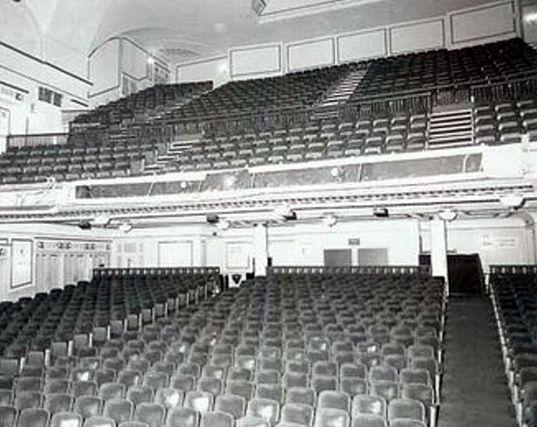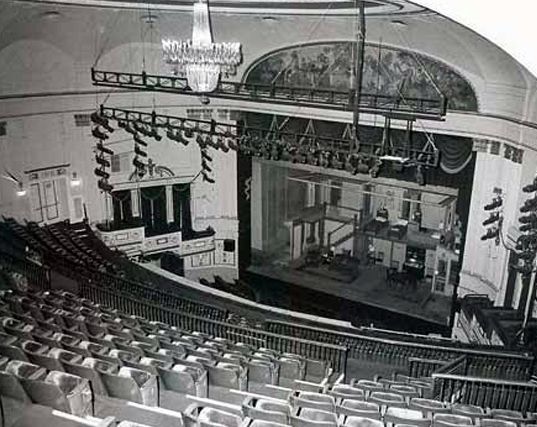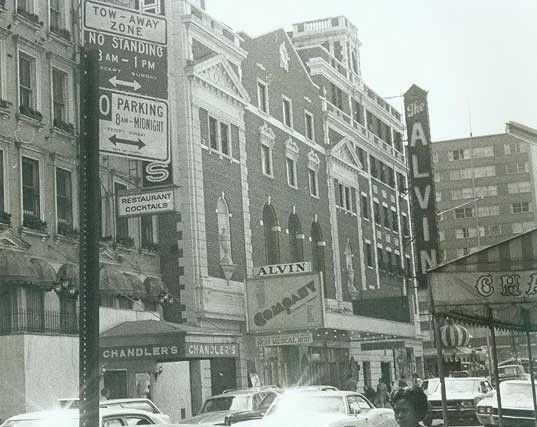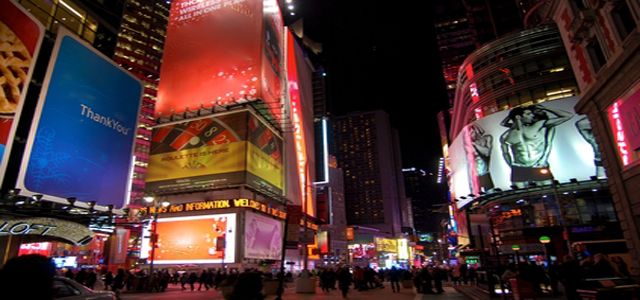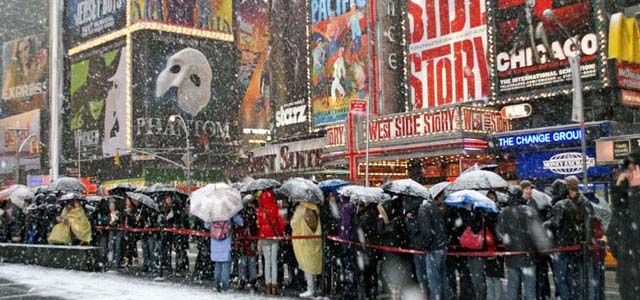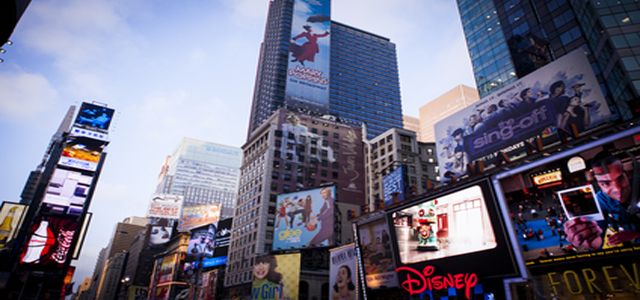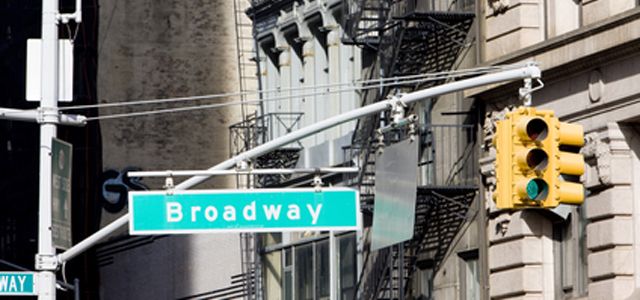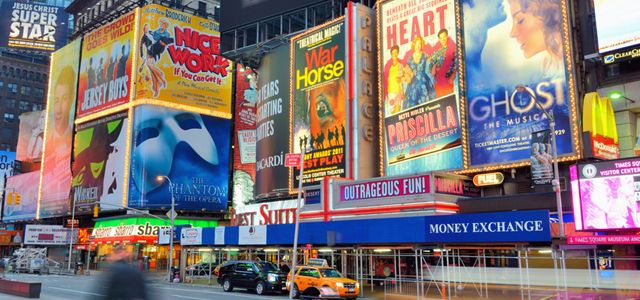The Neil Simon Theatre
In 1927, The Neil Simon Theatre was known as the Alvin; it was named after the men who constructed it and produced shows there—Alex Aarons and Vinton Freedley. Aarons took the first two letters of his first name and Freedley the first three of his to create the name “Alvin.” Aarons and Freedley eventually built their own theatre, now known as the August Wilson Theatre. The Alvin was rechristened the Neil Simon in 1983 after a successful run of Simon’s Brighton Beach Memoirs. It was felt that Simon, one of America’s most successful playwrights, certainly deserved the honor. Brighton Beach Memoirs was the first in an autobiographical series about Simon’s childhood and his family, and it marked a new phase in his writing career. In 1985, Biloxi Blues, the second play in his series, played at the venue. Simon had another one of his plays, Jake’s Women, staged in the space in 1992.
Notable Productions
On November 22, 1927, the Alvin had a promising beginning with the opening of the popular musical Funny Face starring Fred and Adele Astaire, Allen Kearns, William Kent, Victor Moore, and Betty Compton. The outstanding score included treasured songs such as “He Loves and She Loves,” “’S Wonderful,” “My One and Only,” “The Babbit and the Bromide,” and the title song.
One of the theatre’s momentous musicals opened on October 14, 1930. It was George and Ira Gershwin’s Girl Crazy featuring Ginger Rogers, Allen Kearns, Willie Howard, William Kent, the Foursome, and Ethel Merman making her Broadway debut. Merman offered an exciting rendition of “I Got Rhythm.” The musical also introduced the well-known standards “Embraceable You,” and “But Not for Me.” In 1932, Jerome Kern’s Music in the Air was a huge success. The Theatre Guild’s production of Maxwell Anderson’s Mary of Scotland with Helen Hayes in the title role played on the Alvin’s stage in 1933. Cole Porter’s musical Anything Goes opened on November 21, 1934. The cast included Ethel Merman, Victor Moore, and William Gaxton. The score was Porter’s best work at the time with songs that included “I Get a Kick Out of You,” “All Through the Night,” “You’re the Top,” and “Blow, Gabriel, Blow.”
On November 2, 1937, George M. Cohan played President Franklin D. Roosevelt in the satirical musical I’d Rather Be Right. No president had ever been depicted onstage, and the fact that the musical was written by Rodgers and Hart, George S. Kaufman, and Moss Hart drew masses of theatregoers. One Rodgers and Hart song has survived from this show: “Have You Met Miss Jones?” To assist the Finnish Relief Fund in World War II, the Lunts brought back their revival of The Taming of the Shrew in February 1940. It was a short run, but it was for a praiseworthy cause.
In the 2000s, two of Broadway’s biggest hits, the highly-praised revival of The Music Man and the Tony Award-winning Hairspray, took the Neil Simon by storm.
Contemporary Features
When the Neil Simon Theatre was first built, it had some of the best characteristics of any contemporary house, including an old English lounge where patrons could have drinks. Designed by Herbert J. Krapp, the auditorium was colored with pastel blue and gray shades and included ivory and gold adornments. The theatre had three levels of offices above it. The venue included an expansive black marble lobby and a minimally designed inner lobby. There was only one balcony. The orchestra pit could seat up to forty-eight musicians, and the stage was large enough to handle the most extravagant musicals.
Countless Successes
With 1,445 seats, the Neil Simon Theatre is one of the Nederlander Organization’s nine Broadway theatres. It is one of the most eminent musical theatre venues on Broadway, having housed countless illustrious shows such as the revival of The King and I, Annie, Company, A Funny Thing Happened on the Way to the Forum, and Lady in the Dark.

